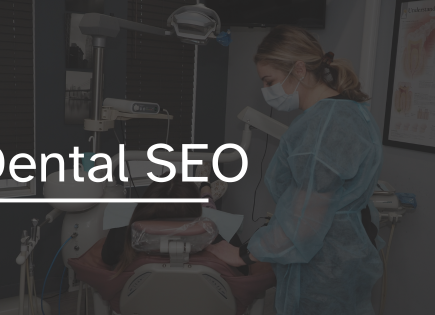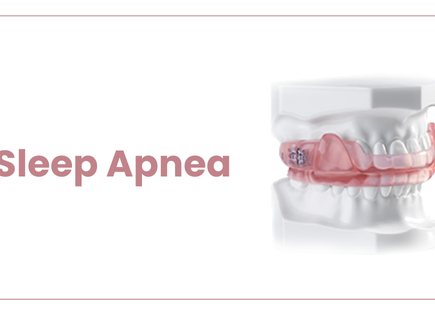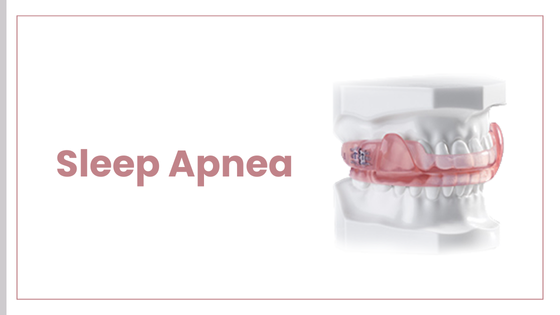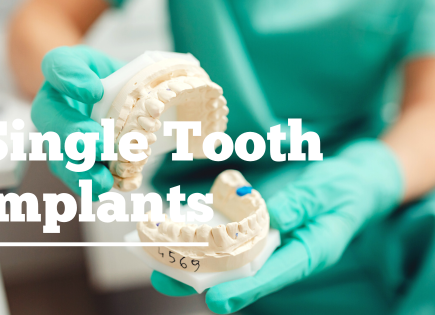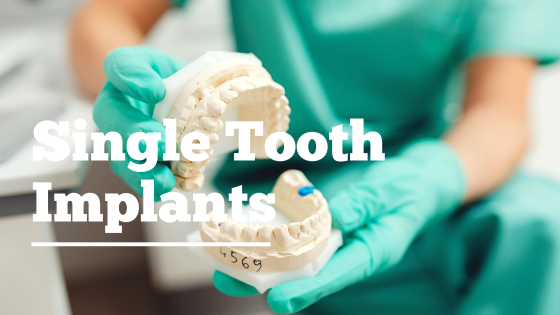In today’s digital-first world, the patient journey begins online. Whether someone’s looking for a new dentist, comparing reviews, or searching for emergency care, their first move is usually a Google search. If your dental office isn’t appearing on the first page—especially in the local map pack—you’re invisible to most potential patients.
Search engine optimization (SEO) is the process of improving your website’s visibility in search results. For dental practices, this means showing up for high-intent keywords like “family dentist near me,” “emergency dental care,” or “teeth whitening in [your city].” But SEO isn’t just about traffic—it’s about attracting the right traffic. When done strategically, SEO brings in patients who are actively looking for your services, ready to book.
The Mechanics of Patient-Generating SEO
Effective dental SEO goes far beyond keyword stuffing. It starts with a technically sound website—fast-loading, mobile-friendly, and structured for search engines. Then it layers in local optimization: claiming and enhancing your Google Business Profile, building citations across directories, and earning reviews that boost trust and relevance.
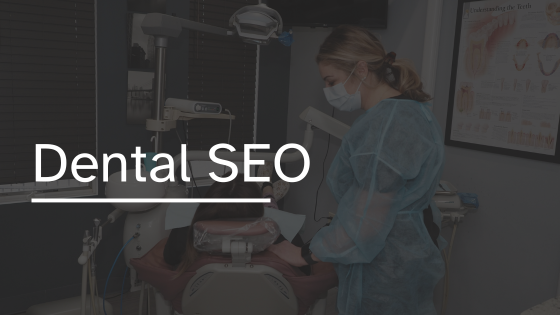
Content plays a huge role too. Your site needs service pages that speak directly to patient concerns, blog posts that answer common questions, and location-specific landing pages that target nearby neighborhoods. This content must be humanized, conversion-focused, and undetectable as AI-generated—because patients can smell generic copy from a mile away.
That’s where agencies like Dental SEO Local shine. They specialize in crafting authentic, brand-driven content that resonates with real people. Their approach blends technical SEO with storytelling, ensuring your site ranks and converts. They understand that a page about “root canals” isn’t just about the procedure—it’s about calming fears, explaining benefits, and guiding the patient to schedule.
SEO vs. Other Marketing Channels
Some dentists hesitate to invest in SEO because they’re already running Google Ads or posting on social media. While those channels have their place, they don’t offer the same long-term ROI. Paid ads stop working the moment you stop paying. Social media builds awareness, but rarely drives direct appointments.
SEO, on the other hand, compounds over time. Each optimized page, earned backlink, and positive review strengthens your site’s authority. As your rankings improve, your patient acquisition cost drops. You’re not paying per click—you’re earning visibility organically.
Moreover, SEO aligns perfectly with patient behavior. When someone’s in pain or ready to book, they’re not scrolling Instagram—they’re searching Google. If your site is optimized to appear in those moments, you win.
Real-World Impact: What SEO Can Deliver
Let’s talk numbers. A well-optimized dental site can generate dozens of new patient inquiries per month. That’s not just traffic—it’s phone calls, form submissions, and booked appointments. Practices that invest in SEO often see a 30–60% increase in organic leads within the first six months.
But the impact goes beyond volume. SEO also improves lead quality. Patients who find you through search are typically more informed, more motivated, and more likely to convert. They’ve read your reviews, explored your services, and chosen you over competitors. That means fewer no-shows, higher case acceptance, and better retention.
Agencies like Dental SEO Local track these metrics closely. They don’t just report on rankings—they measure how SEO drives real business outcomes. From call tracking to CRM integration, they ensure every optimization move ties back to patient growth.
When SEO Doesn’t Work—and How to Fix It
It’s worth noting that not all SEO efforts succeed. If your site is outdated, your content is thin, or your local signals are weak, you may struggle to gain traction. DIY SEO often falls short because it misses the strategic depth required to compete in crowded markets.
That’s why working with a specialized agency matters. Dental SEO isn’t one-size-fits-all. It requires understanding patient psychology, local competition, and the nuances of dental terminology. Dental SEO marketing agency like Dental SEO Local bring that expertise, tailoring strategies to your brand, services, and goals.
They also help you avoid common pitfalls—like targeting the wrong keywords, neglecting mobile optimization, or failing to track conversions. With the right partner, SEO becomes a growth engine, not a guessing game.
Conclusion: SEO as a Patient Magnet
If your dental office is ready to grow, SEO is one of the most powerful tools at your disposal. It connects you with patients who are actively searching, builds trust through visibility, and drives consistent, high-quality leads. But success requires more than just rankings—it demands strategy, authenticity, and conversion focus.
That’s why agencies like Dental SEO Local exist. They don’t just optimize—they humanize. They understand that behind every search is a person looking for care, comfort, and clarity. And they make sure your website delivers all three.
So yes, SEO can absolutely bring more patients to your dental office. The question isn’t if—it’s how soon you’re ready to invest in doing it right.
